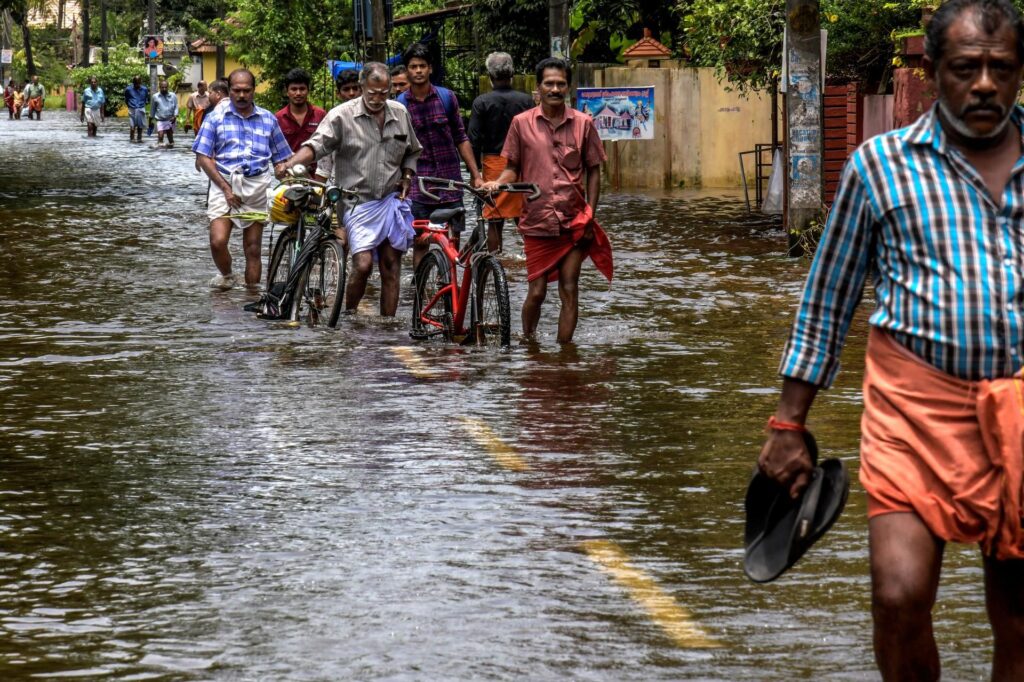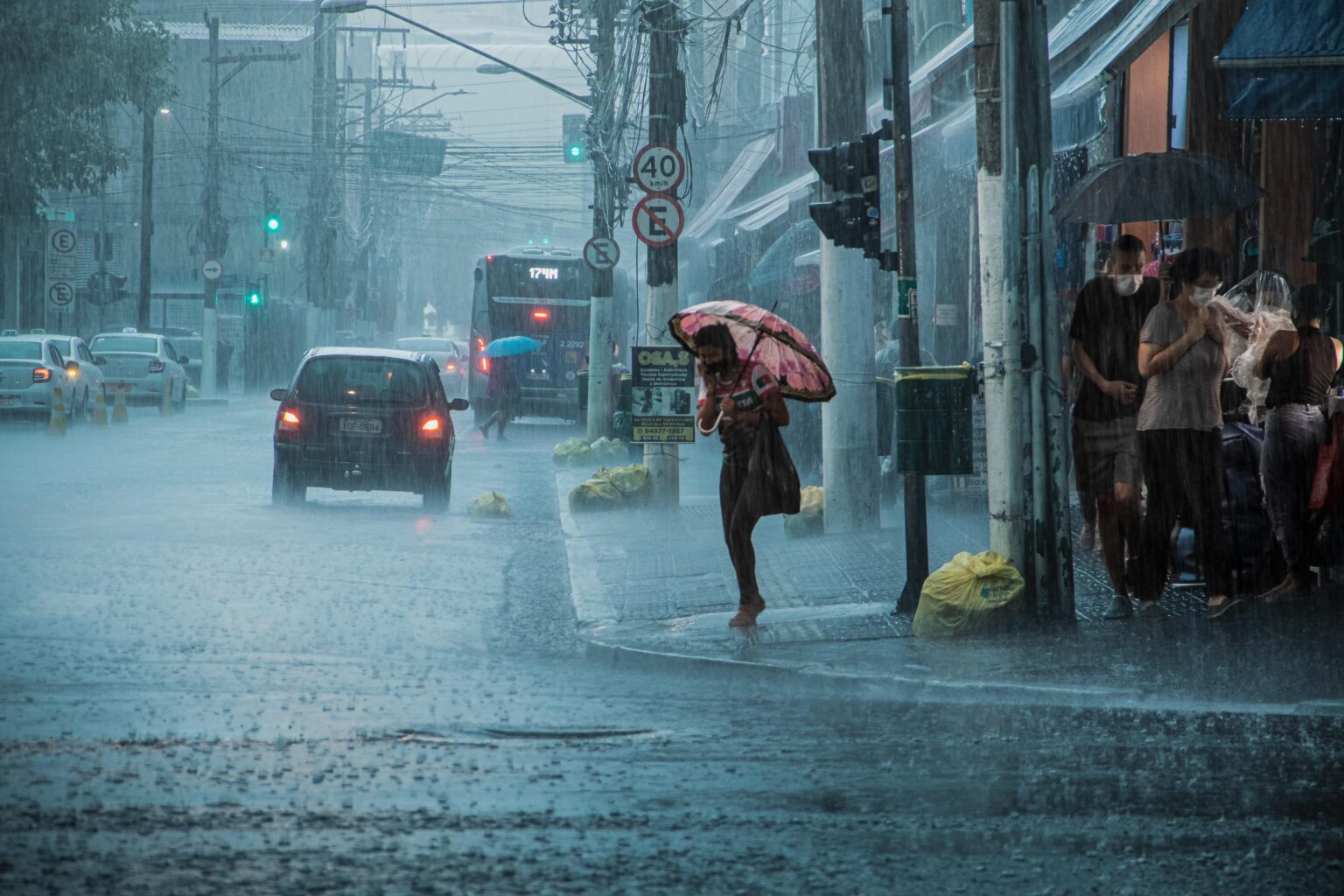The importance of each weather pattern increases as the globe struggles to deal with the effects of climate change. The months of August and September, which typically experience significant rainfall, are now a cause for concern because forecasts from meteorologists point to ‘normal’ rainfall patterns. Even though the word “normal” can seem reassuring, it is important to understand that, given the current climate situation, even routine rainfall can have detrimental effects.
Normality’s Deceitful Nature:
The word “normal” loses its usual meaning in a changing environment. Previously signifying predictability, this now serves to hide the looming uncertainty. The past is no longer an appropriate picture of the present or the future when defining “normal” rainfall patterns based on historical data. ‘Normal’ rainfall may have unheard-of effects due to changes in atmospheric dynamics and rising global temperatures.
Impacts of water stress on agriculture:

Although the forecast rainfall for the months of August and September falls within the expected range, it could not be enough to meet the rising water needs of a burgeoning economy and population. Regions that are already under water stress could encounter significant difficulties that would result in water shortages, which would have an impact on agriculture, drinking water supplies, and industrial operations. Crop yields might be harmed, which would have an effect on both economic stability and food security.
Flooding in a Hurry and Erosion
Even with normal rainfall patterns, localised strong downpours can result in flash floods and erosion in vulnerable places. Long-term droughts cause the soil to harden, which reduces its ability to absorb rapid water surges. This condition has the potential to cause damaging floods and landslides, putting lives in danger, impeding travel, and deteriorating infrastructure.
Environmental Change:
It may not be possible to preserve ecological balance and refill depleting water bodies with normal rainfall. Because of the complicated relationships between aquatic ecosystems, even little changes in water flow or level can cause species’ life cycles to shift, which reduces biodiversity and degrades the health of the environment. Reduced river water flow can impair fish movement and obstruct their ability to reproduce naturally, which has an impact on fish stocks and the livelihoods of fishing communities.
Public health issues:

Normal rainfall might not cause significant floods, but stagnant water in cities can serve as a breeding ground for mosquitoes that carry diseases. Public health may be at risk due to an increase in the danger of waterborne illnesses. Additionally, areas that have protracted droughts followed by “normal” rainfall may experience an increase in water-related ailments as the population adapts to changing water supplies.
While ‘average’ rainfall in August and September may at first seem to be a relief, it is important to understand the complex interplay of elements at play. Increasing uncertainty due to climate change makes even predictable rainfall patterns potentially dangerous. Proactive methods including ecological protection, disaster readiness, and sustainable water management are required to solve these issues. Communities will be better equipped to negotiate the complexities of “normalcy” in the face of climate change if the need for climate resilience and adaptation is emphasised. We can only lessen the harmful effects of what appear to be “normal” rainfall patterns throughout August and September via collaborative action and a thorough grasp of our changing environment.









